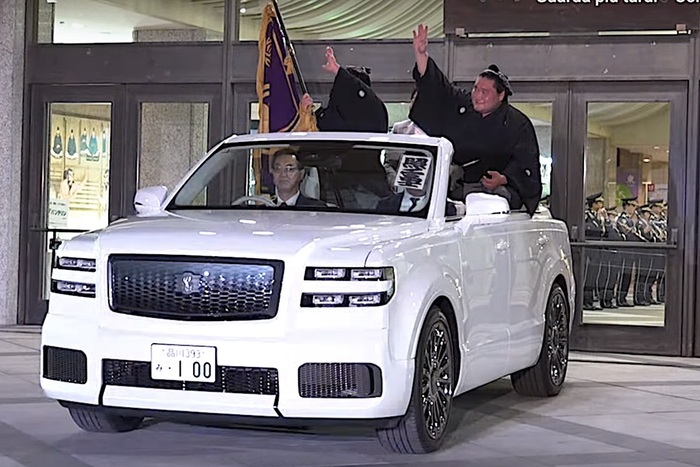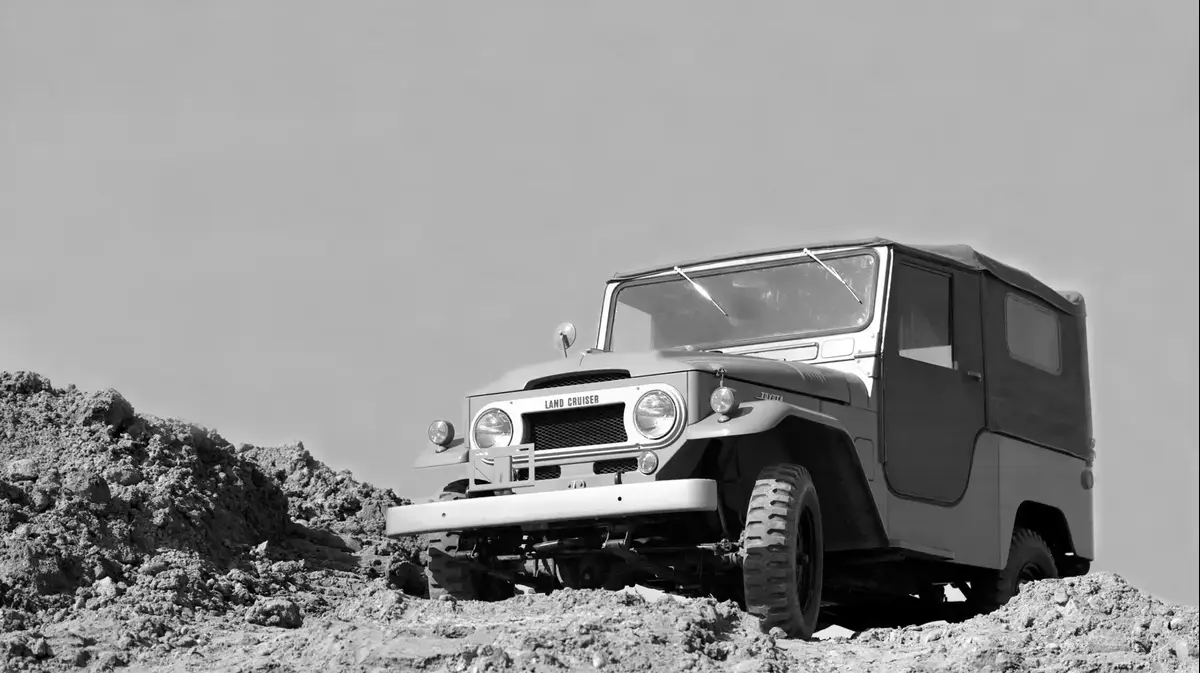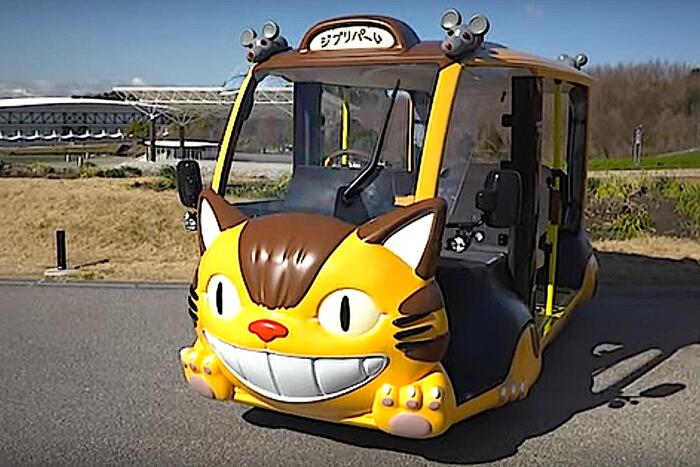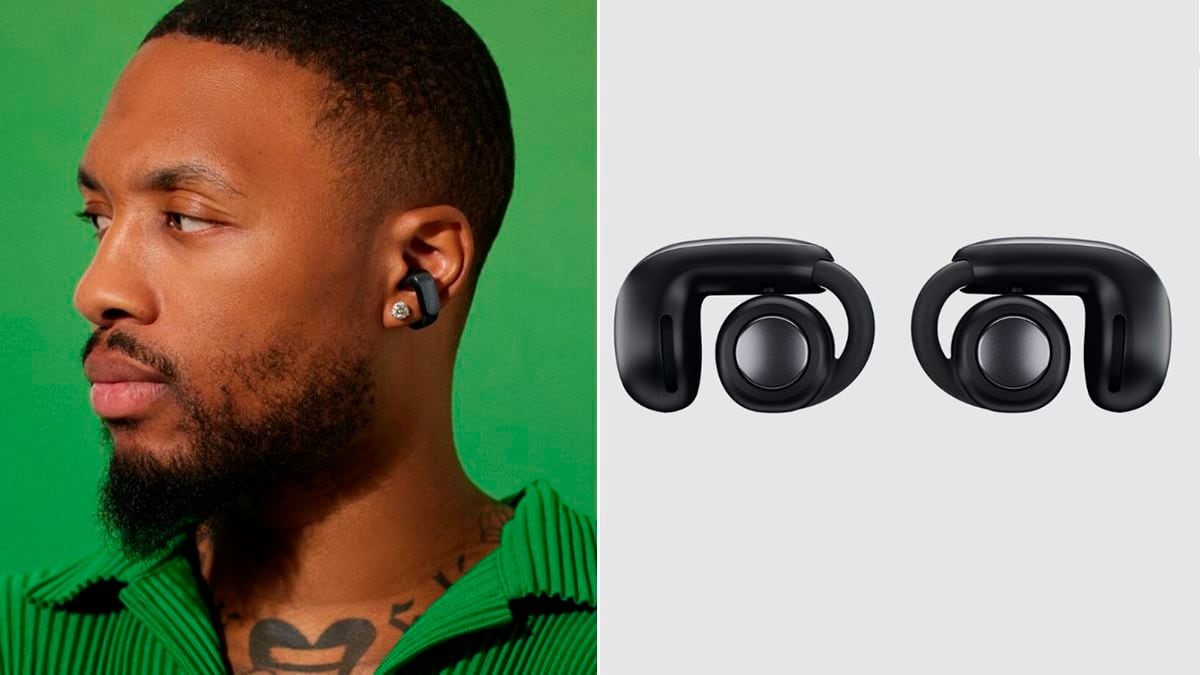Icon: enlarge
Toyota says they will buy the new Mirai primarily for its design, not for its fuel cell drive
Photo: Toyota
The first impression:
inconspicuous.
There is nothing to suggest that under the sheet metal is the most modern alternative drive that the automotive industry currently has to offer: the fuel cell.
This is what the manufacturer says:
Most people don't have fond memories of the first Mirai.
It had pioneering technology under the hood, but zero "must-have" factor, because the design takes a lot of getting used to.
It is not surprising that only a few hundred Mirai found their way to Germany.
Only 11,000 units were sold worldwide.
What hardly anyone knows: Every Mirai was created by hand, which means that not much more cars could have been produced within five years.
more on the subject
Fuel cell technology: What the miracle drive hydrogen lacks to make a breakthroughBy Christian Frahm
Icon: Spiegel Plus The Anti-Tesla: Why Toyota is single-handedly using hydrogen by Christian Wüst
That should change in the future.
Toyota wants to sell at least ten times as many Mirai.
There is talk of 30,000 pieces annually.
“People will want to own this car because of its performance and looks, not because it's a fuel cell vehicle,” says Yoshikazu Tanaka, Mirai's chief engineer.
With the previous model it was exactly the opposite.
We noticed that:
get in and drive off.
Settling in?
Not necessary.
Toyota has done without an overly progressive cockpit.
Switches, levers and buttons are self-explanatory in the Mirai.
The digital speedometer is easy to read and the large display in the middle is easy to use.
The quality of workmanship and materials are top-class.
You'd think you're in a Lexus if it weren't for the Toyota emblem on the steering wheel.
When driving, the Mirai surprises with its extremely low noise level.
While you could still hear a sound mix of the howling of the fan for the fuel cell and the noise of the pump for the hydrogen in the predecessor, there is now calm.
The significantly stiffer body - according to Yoshikazu Tanaka, the most stable of the entire Toyota passenger car range - and the relocation of the fuel cell stacks from the underside of the driver's seat to the front of the car brought further improvements in comfort.
"This removed the source of the noise from the driver's compartment," says Tanaka.
The Mirai glides more than it rolls.
Although the electric motor with 134 kW / 182 PS is not exactly a power package, it sends a full 300 Newton meters of torque towards the rear axle from a standstill and thus conveys a thoroughly confident driving experience.
It is definitely enough for everyday traffic today.
Anyway, sporty acceleration shouldn't be on the list of priorities for Mirai owners.
You enjoy the unique feeling of being on the road with zero emissions using hydrogen and electricity.
Diesel and gasoline seem like anachronism.
You have to know that:
Mirai number two is a completely newly developed vehicle and only has the name in common with its predecessor.
The technical basis is called GA-L and comes from the Lexus LS 500, so it is a rear-wheel drive platform (the 1st Mirai had front-wheel drive).
At the top of the engineers' to-do list was increasing the range, if only to be able to compete with today's best battery-electric cars.
According to the WLTP cycle, the new Mirai should now cover 650 kilometers (previously: 500 km).
This was achieved primarily through more efficient fuel cells and an increase in the tank volume.
There are now three hydrogen tanks under the sedan, which together fit 5.6 kilograms of the high-energy gas.
Toyota gives the average consumption at 0.76 kg / 100 km.
The Mirai shows its greatest advantage over a battery electric car at the gas station.
It can be completely filled within five minutes.
In this respect, the driver hardly needs to change his usage behavior.
He doesn't even have to go to the gas station's checkout to pay, he just holds his card up to the pump for a short time.
Currently, a kilogram of hydrogen costs around 9.50 euros.
"If you compare this with a conventional car, the consumption of the Mirai would be seven liters of gasoline per 100 kilometers," says Alain Uyttenhoven, President Toyota Germany.
The thin network of hydrogen filling stations remains a (comfort) problem for drivers of fuel cell cars.
There are currently 87 pillars in Germany, they are located on the most important traffic axes and in seven metropolitan regions.
400 columns were once planned by the end of 2023. This has been abandoned because there are fewer fuel cell cars than expected.
"However, the current network is already sufficient for a capacity of around 35,000 H2 cars with ranges of 500 to 700 kilometers," says H2 Mobility spokeswoman Sybille Riepe.
With regeneratively produced ("green") hydrogen, the Mirai is not only completely climate-neutral, Toyota even describes the car as "a car with negative emissions".
The ambient air sucked in for the chemical reaction in the fuel cells is so finely filtered and catalytically cleaned that it leaves the system again clearly clean.
"The Mirai cleans the atmosphere while driving," says project manager Ryotaro Shimizu, and came up with the right gimmick for it.
On the display in the cockpit, the driver can see how many liters of air the Mirai has already cleaned and how many people this amount is enough to breathe for a year.
When the new Mirai hits the market next April, the basic version will cost 63,900 euros, which is around 20 percent cheaper than its predecessor.
The reason lies primarily in the planned higher quantities and the clearly optimized production methods.
Project manager Tsuyoshi Takahashi cites the single fuel cell as an example.
"Before it took 15 minutes to manufacture a cell, today it is fully automated in a few seconds." Even the top version of the Mirai will cost no more than 74,000 euros and would therefore be comparable in price to a suitably equipped BMW 5-series Business limousine.
The Mirai has no competition to fear, it will remain exclusive in its class for years.
The German manufacturers will not react before 2025, and if so, then at most with a large SUV, as Audi and BMW are planning.
This year, with the GLC F-Cell, Mercedes said goodbye to the fuel cell in the passenger car segment after a small series of a few hundred vehicles, but plans to use hydrogen technology in trucks in the future.
Toyota is also planning to use its fuel cell stacks in heavy commercial vehicles and buses.
"With this scaling strategy, the high costs can be reduced massively," says Klaus Schmitz, partner at strategy consultancy Arthur D. Little.
We won't forget that:
the little button on the left of the dashboard with the blue label "H2O".
The predecessor already had it.
Mirai drivers call it the "pee button".
If you press it, the fuel cell gets rid of its excess water.
Usually it does this automatically at certain intervals.
But if you want to avoid a puddle in your garage, for example, you can simply drain the liquid manually beforehand.
Icon: The mirror















